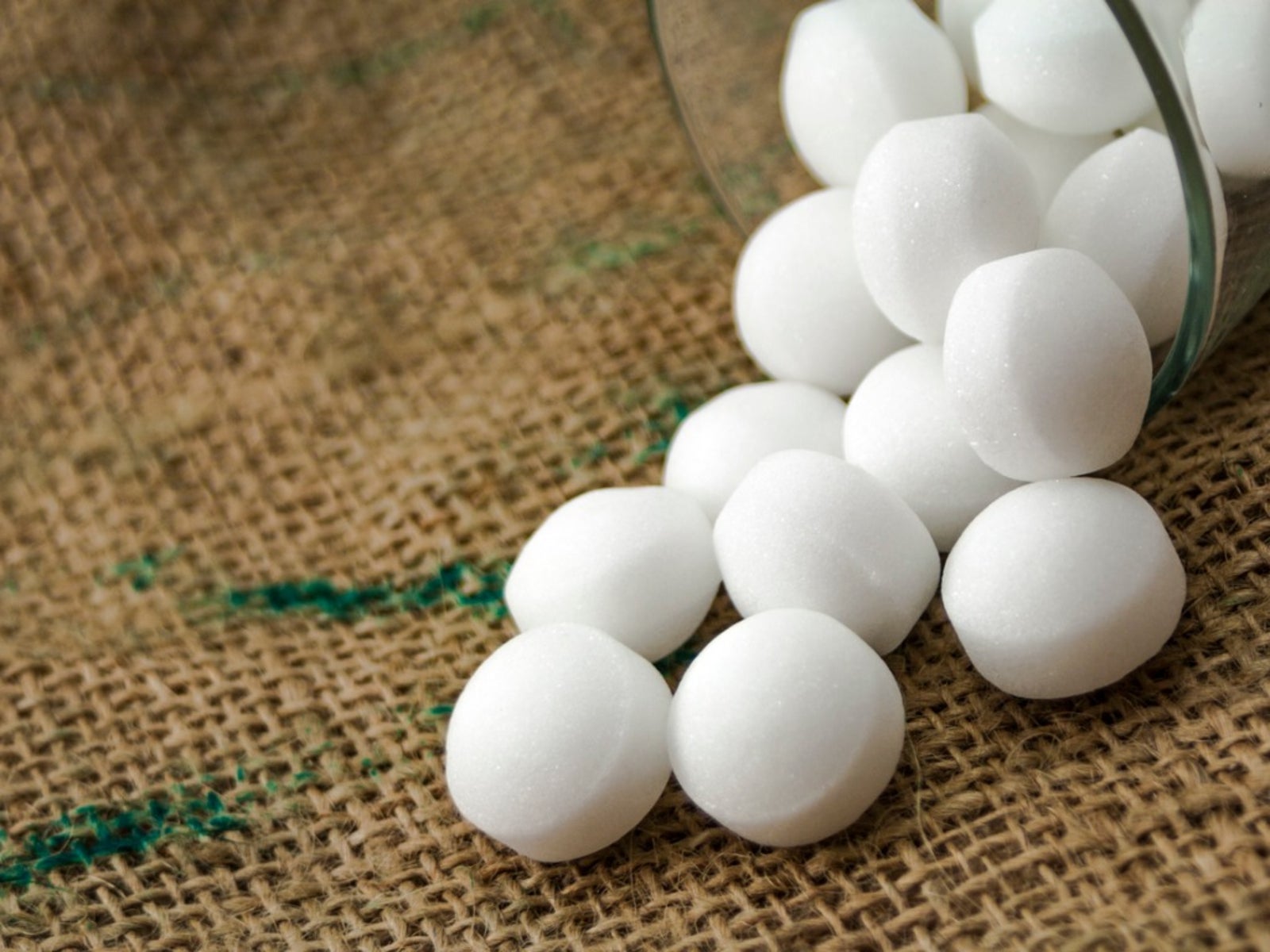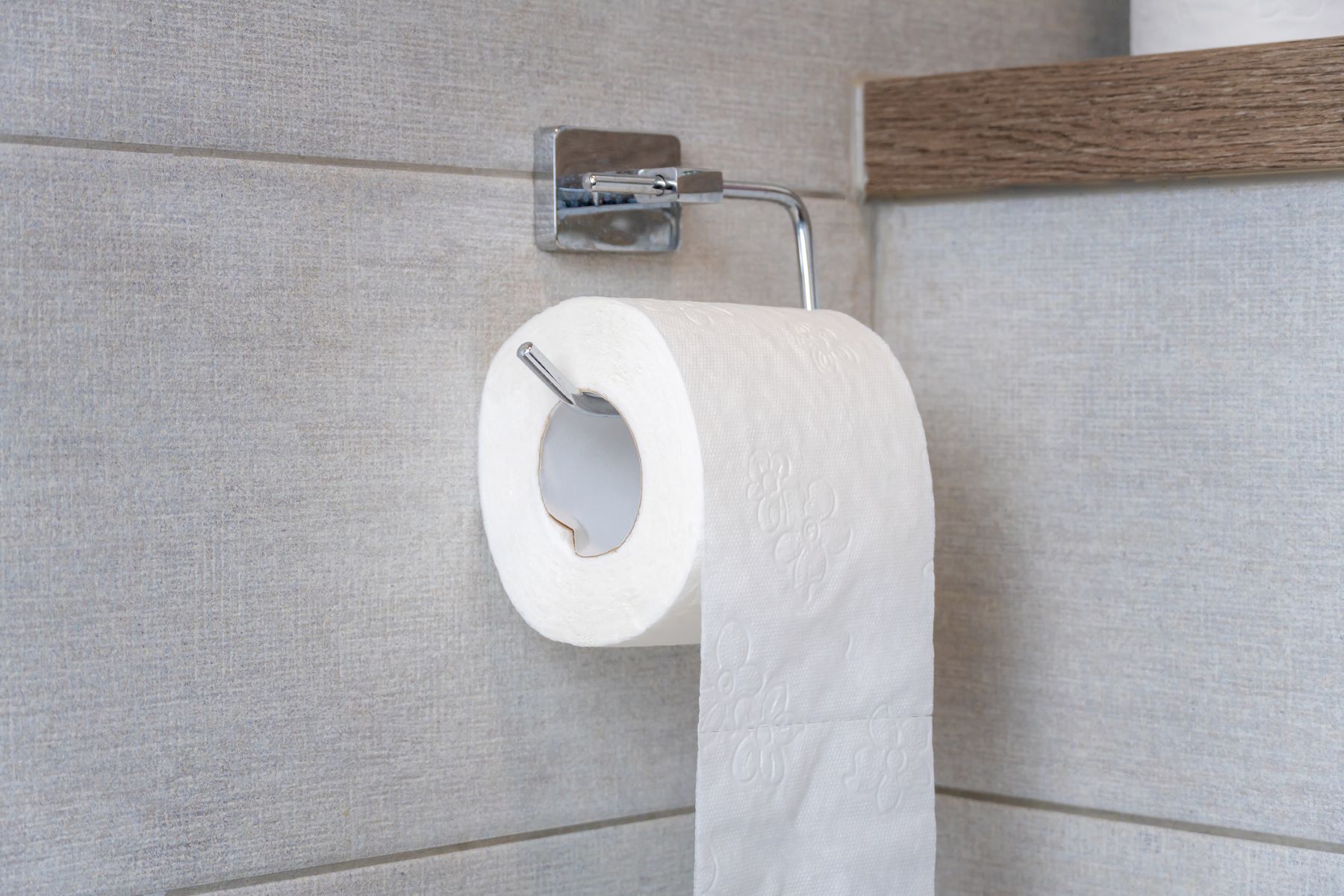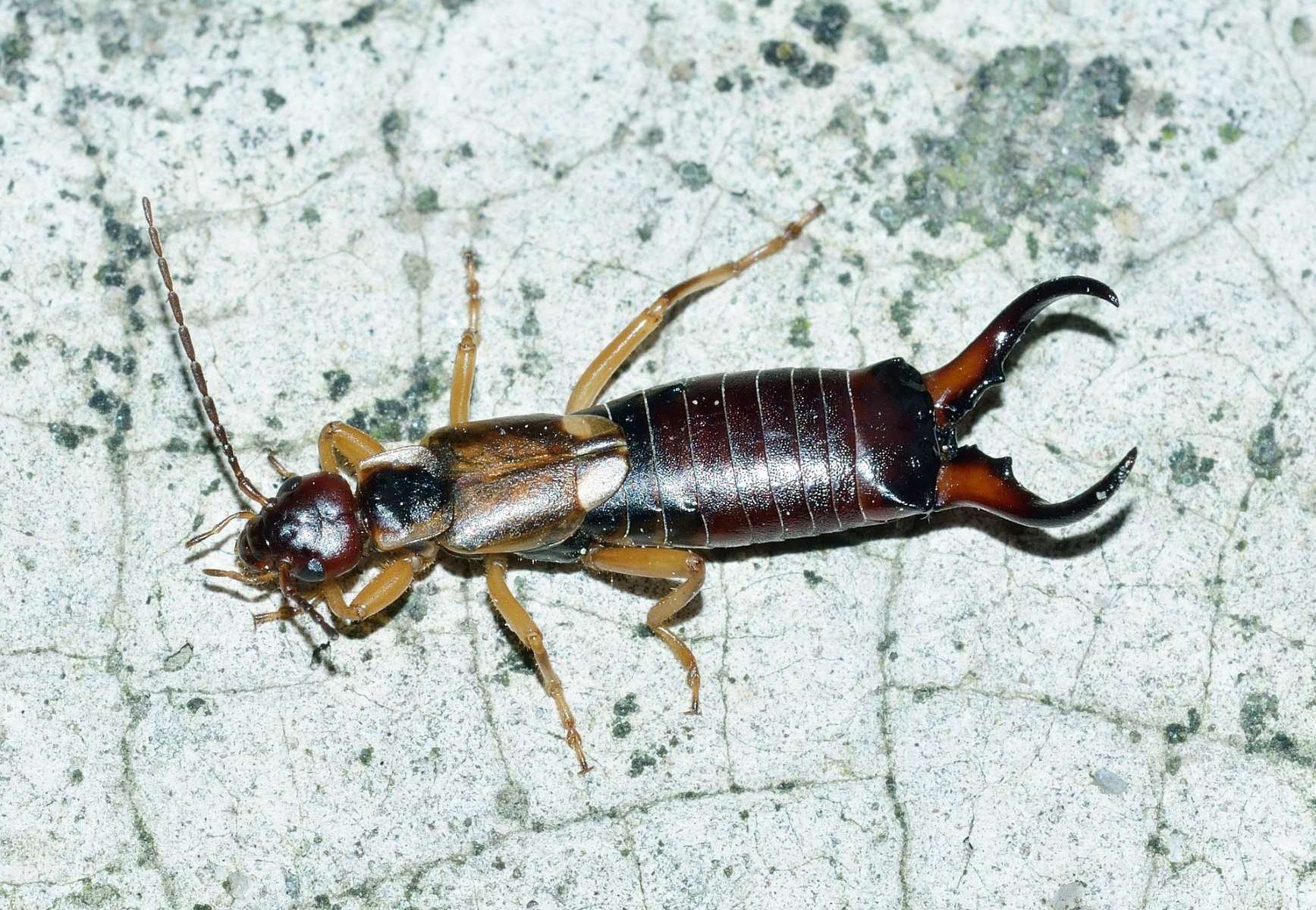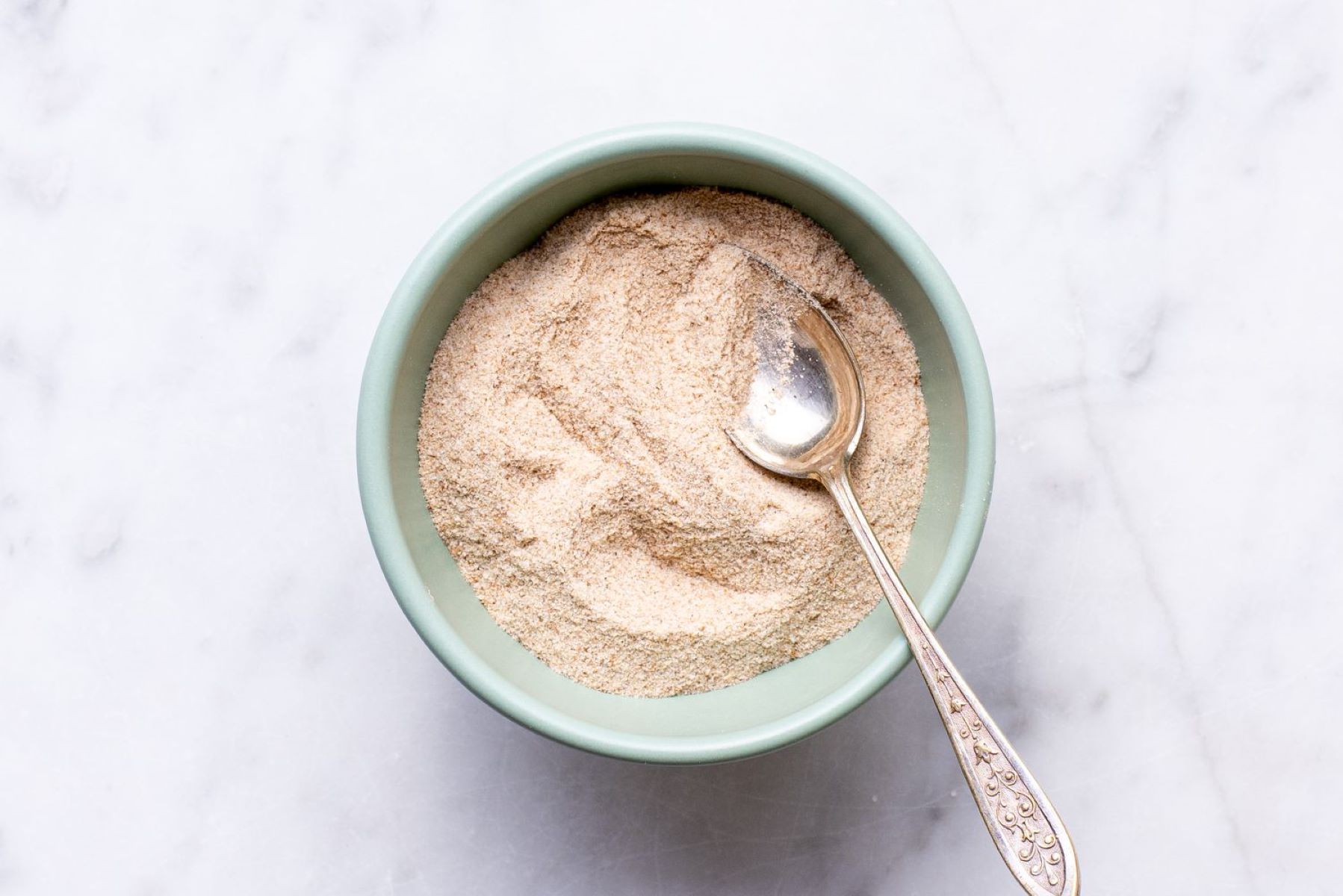Home>Home and Garden>The Ultimate Guide To Using Mothballs: The Perfect Amount For A Moth-Free Home!


Home and Garden
The Ultimate Guide To Using Mothballs: The Perfect Amount For A Moth-Free Home!
Published: February 11, 2024
Discover the ultimate guide to using mothballs for a moth-free home in this comprehensive Home and Garden resource. Learn the perfect amount for effective pest control!
(Many of the links in this article redirect to a specific reviewed product. Your purchase of these products through affiliate links helps to generate commission for Regretless.com, at no extra cost. Learn more)
Table of Contents
Introduction
Mothballs have long been a staple in the battle against pesky insects, particularly moths, that can wreak havoc on our beloved clothing and linens. These small, pungent orbs are renowned for their ability to repel moths and other insects, safeguarding our wardrobes and homes from potential damage.
In this comprehensive guide, we will delve into the world of mothballs, exploring their composition, functionality, and the best practices for their safe and effective use. Whether you're a seasoned mothball user or a newcomer seeking to protect your home from moth infestations, this guide will equip you with the knowledge needed to harness the full potential of these potent insect deterrents.
By understanding the inner workings of mothballs and learning how to use them effectively, you can bid farewell to moth-induced woes and embrace a moth-free living environment. Additionally, we will explore alternative methods for deterring moths, providing you with a range of options to suit your preferences and needs.
So, join us on this enlightening journey as we unravel the mysteries of mothballs and empower you to create a home that is inhospitable to these fabric-devouring pests. Let's embark on this odyssey to safeguard our cherished belongings and cultivate a moth-free haven within our homes.
What are Mothballs?
Mothballs are small, solid pesticides that are commonly used to protect clothing and other fabric items from damage caused by moths and other insects. These potent orbs are typically composed of either naphthalene or paradichlorobenzene, both of which release a strong vapor that repels insects. The distinctive, pungent odor of mothballs is a result of these vapors, which create an environment that is inhospitable to moths and larvae.
Naphthalene, one of the primary ingredients in traditional mothballs, sublimates from a solid to a gas at room temperature. This process allows the noxious fumes to permeate the surrounding area, effectively creating a barrier that deters moths from infesting clothing and textiles. On the other hand, paradichlorobenzene, the key ingredient in modern mothballs, functions in a similar manner, emitting vapors that repel insects and prevent damage to fabrics.
Mothballs are available in various forms, including small spheres, flakes, or cakes, making them convenient to use and store. Their compact size and potent efficacy have made them a popular choice for safeguarding wardrobes, closets, and storage areas from moth infestations. When used correctly, mothballs can provide long-lasting protection, ensuring that your cherished garments and linens remain free from the destructive clutches of moths and their larvae.
It's important to note that while mothballs are highly effective at repelling moths, their potent nature requires careful handling and adherence to safety guidelines. Understanding the composition and functionality of mothballs is crucial for using them effectively and ensuring the safety of your household and pets.
In the following sections, we will delve deeper into the mechanisms behind mothballs and explore the best practices for their safe and efficient use. By gaining a comprehensive understanding of these powerful insect deterrents, you will be well-equipped to harness their protective capabilities and create a moth-free environment within your home.
How Do Mothballs Work?
Mothballs operate on a simple yet potent principle: the release of noxious vapors that repel moths and other insects. The primary ingredients in mothballs, naphthalene and paradichlorobenzene, undergo a process known as sublimation, where they transition from a solid state to a gaseous state without passing through the liquid phase. This sublimation process is pivotal to the functionality of mothballs, as it enables the release of vapors that permeate the surrounding environment, creating a hostile atmosphere for moths and their larvae.
Naphthalene, a traditional component of mothballs, sublimates at room temperature, emitting a strong, distinctive odor that is intolerable to moths. The vapor produced by naphthalene disrupts the olfactory receptors of moths, deterring them from infesting clothing and textiles. Similarly, modern mothballs containing paradichlorobenzene release vapors that act as a potent insect deterrent, safeguarding fabrics from moth damage.
The noxious vapors emitted by mothballs create an environment that is inhospitable to moths, disrupting their reproductive and feeding behaviors. When used in enclosed spaces such as closets, wardrobes, and storage containers, mothballs form a protective barrier that effectively repels moths and prevents infestations. This protective shield ensures that clothing, linens, and other fabric items remain unscathed by the destructive activities of moths and their larvae.
It is important to note that the efficacy of mothballs is dependent on proper usage and adequate ventilation. While the vapors emitted by mothballs are effective at repelling moths, they can also be harmful if inhaled in large quantities. Therefore, it is crucial to use mothballs in well-ventilated areas and adhere to the recommended usage guidelines to minimize exposure to their vapors.
In the subsequent sections, we will explore the safety precautions to consider when using mothballs and delve into the best practices for their effective application. By understanding the inner workings of mothballs and their impact on moth deterrence, you will be equipped to utilize these potent insect repellents to safeguard your home and belongings.
Safety Precautions When Using Mothballs
When using mothballs, it is essential to prioritize safety to minimize potential risks associated with their potent vapors. These precautions are crucial for safeguarding the well-being of your household members and pets while effectively repelling moths and preserving your cherished belongings.
-
Ventilation: Always use mothballs in well-ventilated areas to prevent the accumulation of vapors. Adequate airflow helps disperse the noxious fumes, reducing the risk of inhalation and ensuring a safe environment for occupants.
-
Avoid Direct Contact: Refrain from handling mothballs with bare hands. Instead, use gloves to minimize skin contact and prevent potential irritation or adverse reactions. This precaution is particularly important when placing or removing mothballs from storage spaces.
-
Keep Away from Children and Pets: Store mothballs in locations that are inaccessible to children and pets. These potent insect repellents should be kept out of reach to prevent accidental ingestion or exposure, which can pose health risks.
-
Use in Enclosed Spaces: Limit the use of mothballs to enclosed spaces such as closets and storage containers. This focused application helps contain the vapors within the targeted area while minimizing exposure in frequently occupied spaces.
-
Follow Manufacturer's Instructions: Adhere to the usage guidelines provided by the manufacturer. This includes the recommended quantity of mothballs to use based on the storage space and the duration of application. Overuse of mothballs can lead to excessive vapor emission, increasing the risk of inhalation.
-
Proper Disposal: When disposing of mothballs, follow the recommended disposal methods outlined by the manufacturer or local regulations. Avoid discarding mothballs in household waste or drains, and opt for environmentally responsible disposal practices.
By observing these safety precautions, you can harness the protective benefits of mothballs while mitigating potential hazards. Prioritizing safety ensures that you can effectively repel moths and safeguard your belongings without compromising the well-being of your household members and pets.
In the subsequent sections, we will delve into the best practices for using mothballs effectively, empowering you to create a moth-free environment within your home while upholding safety as a paramount consideration.
How to Use Mothballs Effectively
Using mothballs effectively involves strategic placement and adherence to recommended usage guidelines to maximize their protective benefits while minimizing potential risks. By employing the following best practices, you can harness the full potential of mothballs to create a moth-free environment within your home.
-
Identify Targeted Areas: Begin by identifying the specific areas where moth infestations are likely to occur, such as closets, wardrobes, and storage containers. These enclosed spaces provide ideal environments for moths to thrive and lay their eggs, making them prime targets for mothball application.
-
Calculate Storage Space Volume: Determine the volume of the storage spaces targeted for mothball application. This step is crucial for estimating the appropriate quantity of mothballs needed to effectively repel moths without overexposing the area to excessive vapors.
-
Strategic Placement: Place the calculated quantity of mothballs in strategic locations within the enclosed spaces. Distribute the mothballs evenly to ensure comprehensive coverage and create a barrier that repels moths throughout the storage area.
-
Adequate Ventilation: While using mothballs, ensure that the storage spaces remain adequately ventilated. This helps disperse the vapors emitted by the mothballs and prevents the accumulation of noxious fumes, minimizing the risk of inhalation.
-
Regular Monitoring: Periodically check the condition of the mothballs and monitor for any signs of moth infestation. Replace the mothballs as needed to maintain their efficacy and continue safeguarding the stored items from potential damage.
-
Duration of Application: Adhere to the recommended duration of mothball application as specified by the manufacturer. Avoid prolonged use beyond the recommended timeframe to prevent excessive vapor emission and potential overexposure.
-
Storage Organization: Keep storage areas well-organized to minimize clutter and create an environment that is less conducive to moth infestations. Proper organization also facilitates the effective dispersion of mothball vapors throughout the storage space.
By following these guidelines for using mothballs effectively, you can fortify your storage areas against moth infestations and protect your clothing and textiles from damage. Additionally, these best practices ensure that the application of mothballs is conducted in a manner that prioritizes safety and efficacy, creating a harmonious balance between moth deterrence and household well-being.
Alternatives to Mothballs
While mothballs are a popular choice for deterring moths and safeguarding clothing and textiles, some individuals may seek alternative methods to protect their belongings without the use of traditional mothballs. Fortunately, several effective alternatives offer natural and aromatic solutions for repelling moths and preserving fabrics. These alternatives not only serve as potent moth deterrents but also contribute to a fragrant and pleasant environment within storage spaces.
1. Cedar Products
Cedar has long been revered for its natural moth-repelling properties. Cedarwood emits a distinct aroma that is highly effective at deterring moths and other insects. Cedar products, such as cedar blocks, balls, and hangers, can be strategically placed within closets and storage containers to create a moth-resistant barrier. The aromatic essence of cedar not only repels moths but also infuses the stored items with a delightful fragrance, making it a popular choice for those seeking natural alternatives to mothballs.
2. Lavender Sachets
Lavender, known for its soothing scent and insect-repelling qualities, serves as an excellent alternative to traditional mothballs. Sachets filled with dried lavender buds can be placed among clothing and linens to deter moths while imparting a refreshing aroma. The natural fragrance of lavender not only repels moths but also adds a touch of tranquility to storage spaces, making it a favored choice for those who appreciate the calming essence of lavender.
3. Essential Oils
Essential oils such as lavender, cedarwood, and eucalyptus can be utilized to create potent moth-repelling sachets or sprays. By infusing cotton balls with a few drops of essential oil and placing them in storage areas, individuals can effectively deter moths while enjoying the aromatic benefits of natural oils. Additionally, a diluted solution of essential oils can be used to create a spray that can be lightly misted over clothing and textiles to repel moths and maintain a fresh scent.
4. Herbal Repellents
Herbs such as rosemary, thyme, and mint possess natural insect-repelling properties and can be utilized as aromatic moth deterrents. Bundles of dried herbs can be placed in closets and storage containers to create a fragrant and moth-resistant environment. The natural essence of these herbs not only repels moths but also adds a touch of herbal charm to the stored items, making them a delightful alternative to traditional mothballs.
By incorporating these alternatives into their moth-repelling arsenal, individuals can effectively safeguard their clothing and textiles from moth damage while embracing natural and aromatic solutions. Whether opting for the soothing scent of lavender, the woody aroma of cedar, or the invigorating essence of essential oils, these alternatives offer a harmonious blend of moth deterrence and aromatic enhancement for storage spaces.
Conclusion
In conclusion, the utilization of mothballs as a potent deterrent against moths and other fabric-devouring insects is a time-honored practice that continues to safeguard our cherished belongings from potential damage. Through the release of noxious vapors, mothballs create an inhospitable environment for moths and their larvae, effectively preserving clothing, linens, and textiles from infestations and deterioration. The strategic application of mothballs in enclosed spaces such as closets and storage containers serves as a formidable barrier against moth incursions, ensuring that our wardrobes remain pristine and moth-free.
It is paramount to acknowledge the significance of safety when using mothballs, as their potent nature necessitates careful handling and adherence to recommended precautions. By prioritizing ventilation, minimizing direct contact, and following usage guidelines, individuals can harness the protective benefits of mothballs while safeguarding the well-being of their household members and pets.
Furthermore, the exploration of alternatives to traditional mothballs offers individuals a diverse array of natural and aromatic solutions for moth deterrence. From the soothing fragrance of lavender to the woody essence of cedar, these alternatives not only repel moths but also contribute to a fragrant and pleasant environment within storage spaces, adding an element of tranquility and charm.
As we bid adieu to this enlightening journey through the realm of mothballs, it is evident that the effective utilization of these potent insect deterrents requires a harmonious balance between efficacy and safety. By understanding the inner workings of mothballs, embracing safety precautions, and exploring alternative methods for moth deterrence, individuals can fortify their homes against moth infestations while cultivating an environment that is inhospitable to these fabric-devouring pests.
In essence, the journey to a moth-free home is adorned with the potent protection of mothballs and the aromatic allure of natural alternatives, culminating in a harmonious union of efficacy, safety, and aromatic enhancement. With this newfound knowledge and insight, individuals are empowered to create a sanctuary for their cherished belongings, free from the perils of moth-induced damage, and imbued with the delightful essence of natural aromatics.













